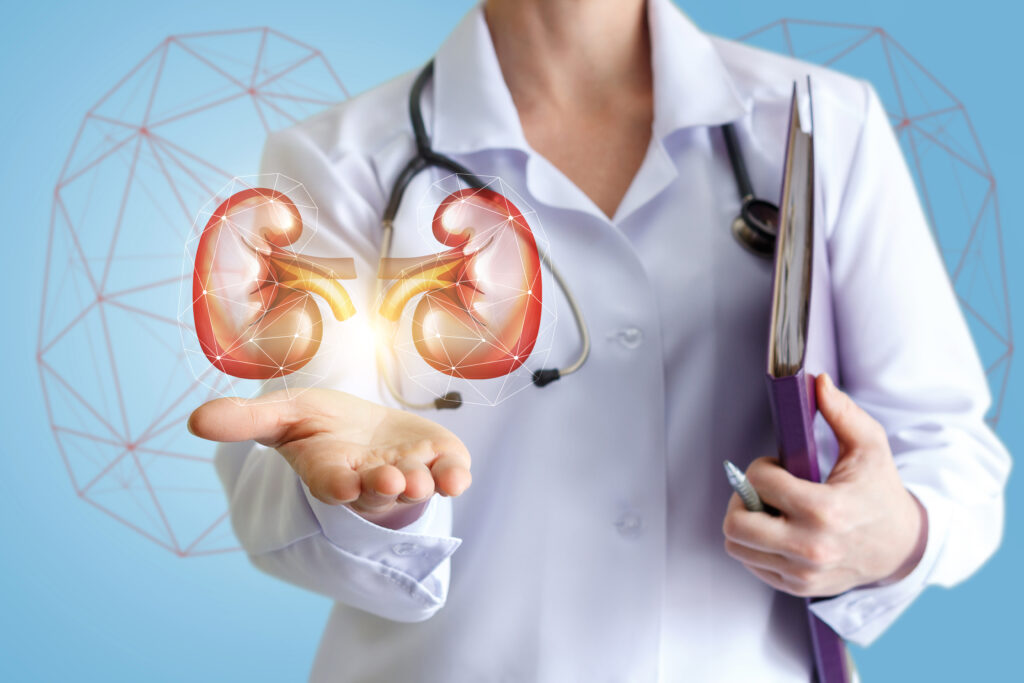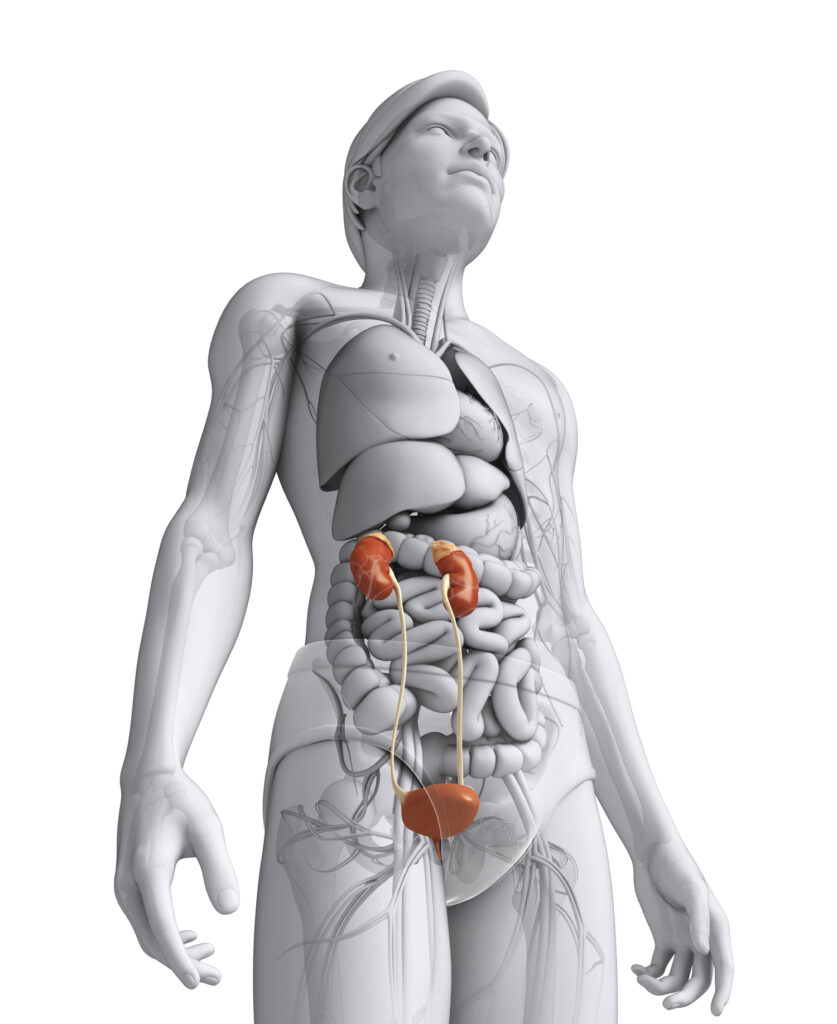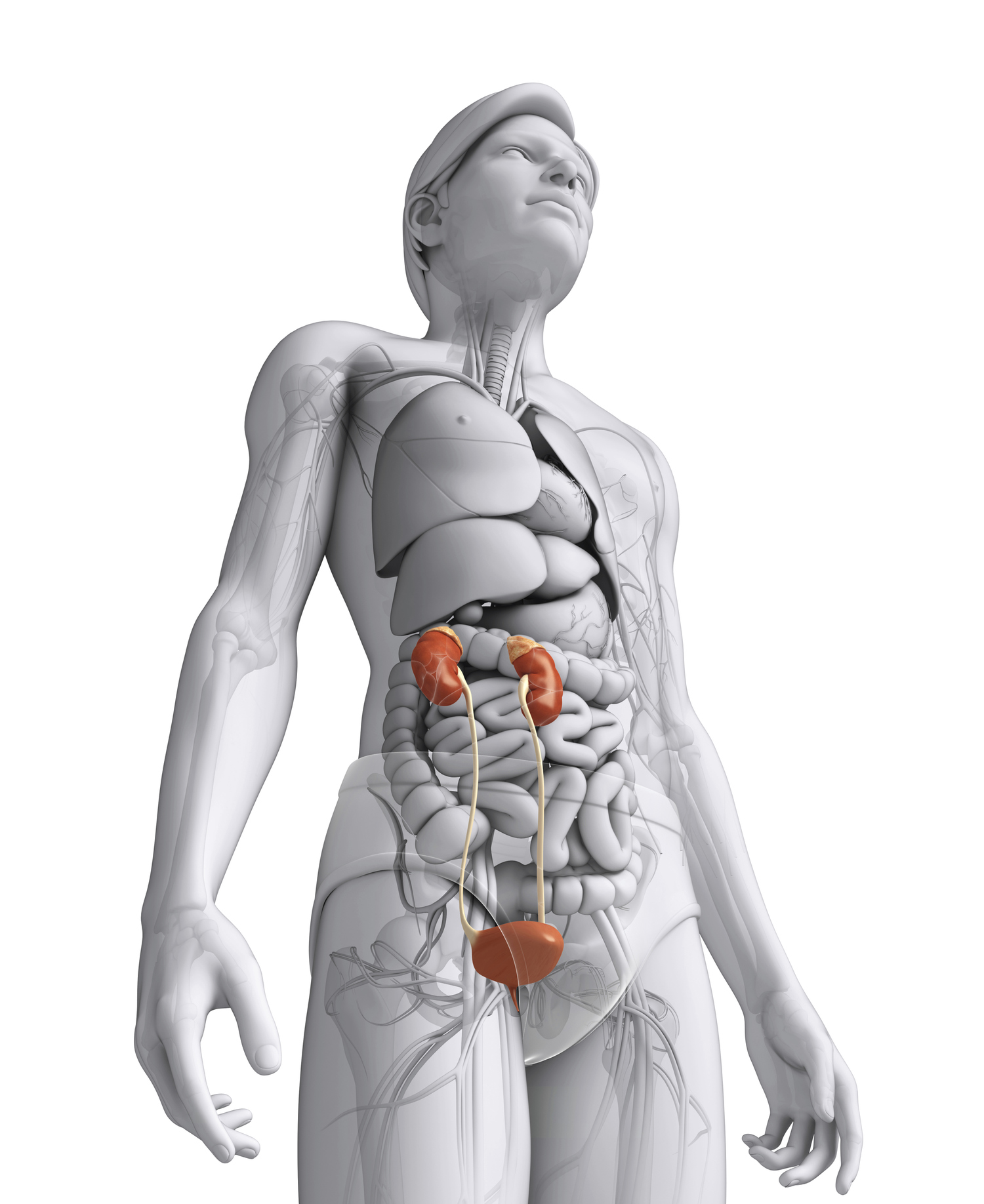The intriguing world of orthostatic proteinuria, a medical enigma that unveils itself exclusively in the upright or lordotic position, disappearing mysteriously in recumbency. Surprisingly prevalent in the pediatric and young adult demographic, especially among males, this condition poses challenges in diagnosis due to its elusive nature.
By Dr T Vishnu Murthy
Orthostatic proteinuria, an intriguing medical phenomenon, manifests as the occurrence of proteinuria exclusively in the erect or lordotic position, only to vanish in recumbency. Notably, there is an absence of any other clinical indicators of renal disease associated with this condition.

This somewhat enigmatic condition, though not officially classified as a disease, appears to be more prevalent in the pediatric and young adult demographic, particularly among males. However, it’s imperative to acknowledge that this observation may be influenced by the higher frequency of urine examinations in this demographic. Conventionally, routine tests fail to identify proteinuria in urine samples collected during recumbency, and notably, it is absent in the first-morning urine immediately upon waking. However, the proteinuria resurfaces after the individual assumes an upright position or a lordotic posture while still recumbent. While it is widely postulated, it remains unverified that individuals with this condition exhibit a more pronounced lumbar lordosis when standing.
The rare yet intriguing world of pneumaturia, where gas bubbles in urine tell tales of vesicovaginal or vesicoenteric fistulas. From vegetable fibers to gas-forming bacteria, uncover the diverse etiologies of this condition. Journey into the diagnostic realm, where patient-reported bubbling urine meets radiographic studies, revealing gas shadows in the bladder. An exploration into this uncommon phenomenon awaits, shedding light on its prevalence in elderly diabetic women
Beyond its peculiar presentation, Orthostatic Proteinuria assumes clinical importance for several reasons. Firstly, it has the potential to cause unwarranted distress among young individuals on the cusp of adulthood who may harbor the mistaken belief that their proteinuria is indicative of a severe renal disease. Secondly, there is a tangible risk of misdiagnosing patients with more serious types of glomerulonephritis, wherein proteinuria escalates in the standing position. Consequently, a comprehensive clinical examination is advised, incorporating urine microscopy (with orthostatic proteinuria exhibiting normal deposits), determination of creatinine clearance, and intravenous pyelography. It is prudent to note that renal biopsy is not recommended unless the initial investigations reveal abnormalities.

Proteinuria exceeding 3 grams per 24 hours is considered unusual in chronic pyelonephritis, analgesic nephropathy, benign hypertension, urinary obstruction, calculus disease, renal tubular acidosis, and polycystic disease. In contrast, it is commonplace in chronic proliferative glomerulonephritis, membranous glomerulonephropathy, amyloidosis, diabetic nephropathy, polyarteritis, disseminated lupus erythematosus, and malignant hypertension. The ability to differentiate between these conditions assumes paramount importance for tailored and effective management strategies.
CHYLURIA
Chyluria, characterized by the presence of lymph in the urine, may stem from parasitic or non-parasitic causes. Parasitic chyluria, attributed to Filaria sanguinis hominis, and non-parasitic chyluria, resulting from lymphatic rupture due to various factors, both culminate in the presentation of milky urine. The importance of distinguishing this condition from others, such as pyuria, cannot be overstated. A low-fat diet is recommended for self-treatment to mitigate chyluria.
PNEUMATURIA
Pneumaturia, denoting the passage of gas bubbles in urine, is primarily associated with vesicovaginal or vesicoenteric fistulas. Additionally, vegetable fibers and fecal contamination may be detected in the urine, further emphasizing the varied etiologies of this condition. In non-infected individuals, gas-forming bacteria may contribute to pneumaturia, with carbon dioxide as the primary gas. Although relatively rare, pneumaturia is more prevalent in elderly diabetic women. Diagnosis hinges on patient-reported bubbling or frothing urine, and radiographic studies may reveal a gas shadow in the bladder.

Ayurvedic research offers potential treatment avenues, and for those seeking further information, reaching out to the author via email at [email protected] or visiting www.nectarhealth.org is encouraged.
The views expressed in this article are solely those of the author and do not necessarily reflect the opinions or views of this Magazine. The author can be reached at +91 9650696341

Leave a Reply